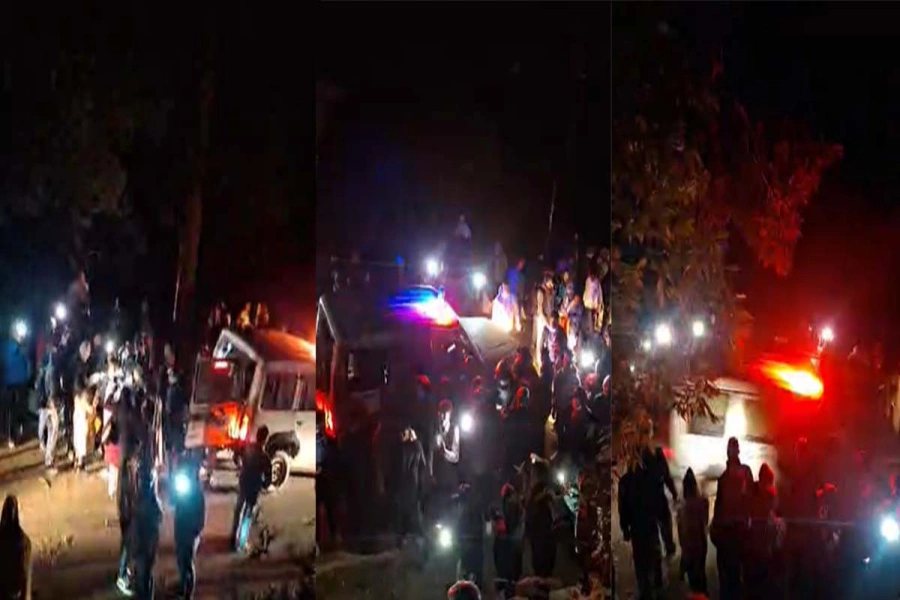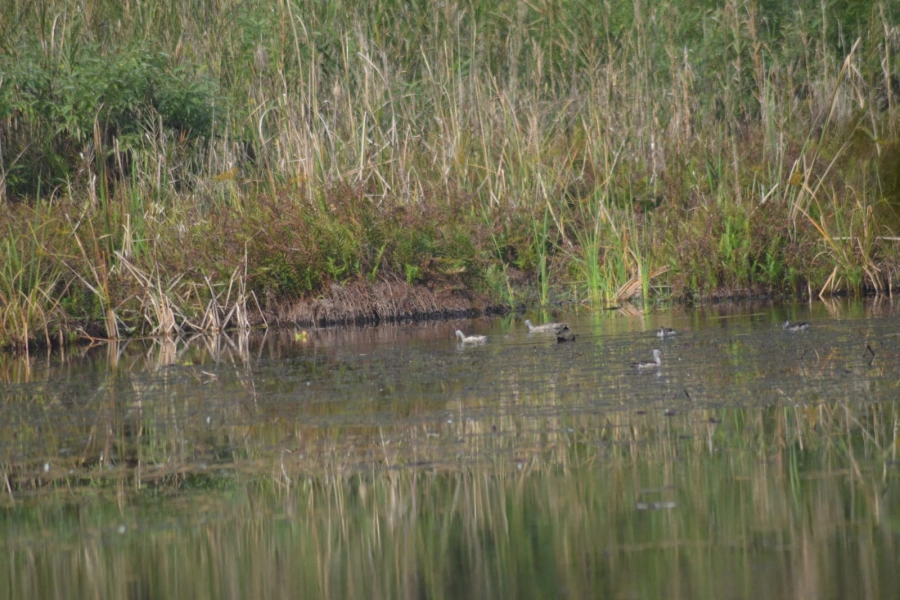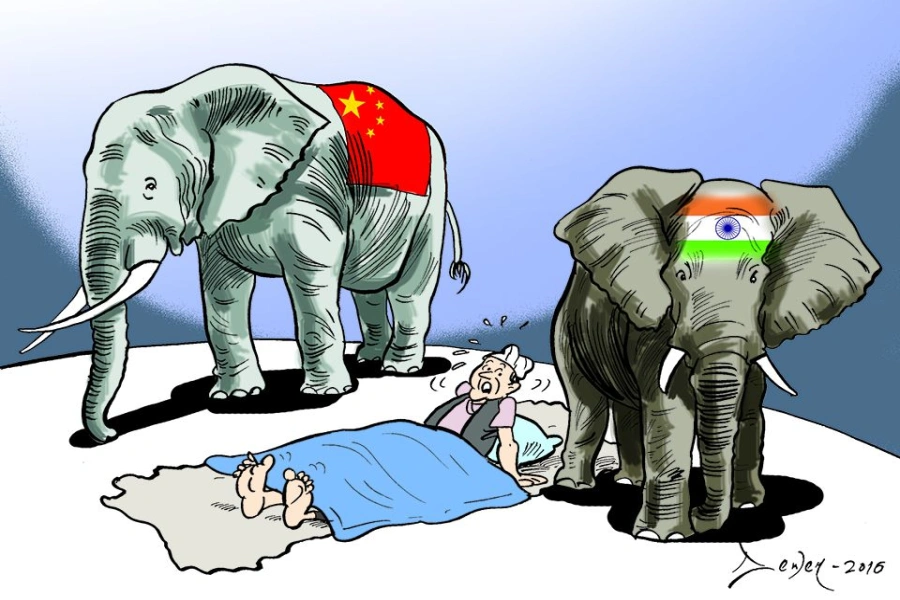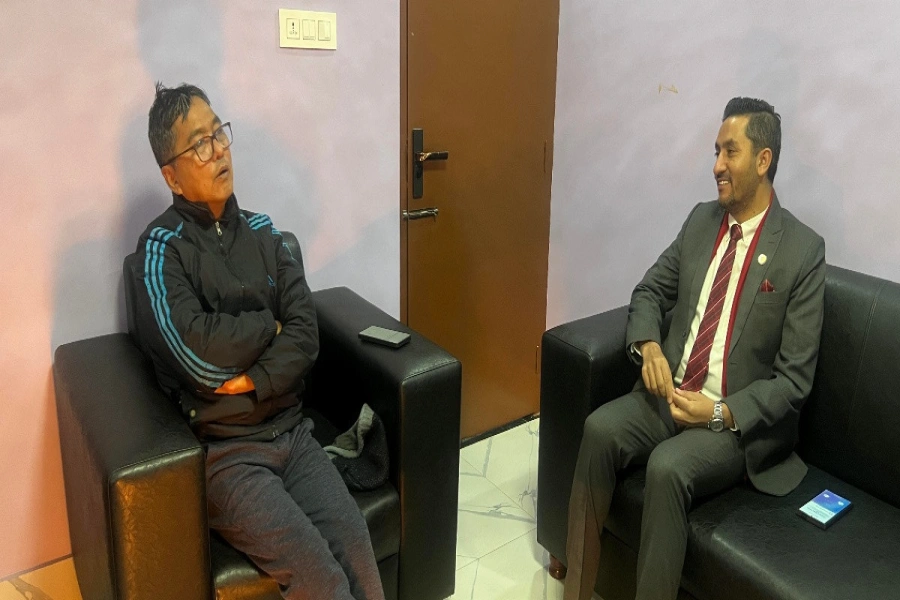Inside the On Metal Arts and Crafts workshop in Hattiban, Lalitpur, there’s constant noise of artisans hammering heated metal into shape and buzz of high-intensity flame turning the metal malleable enough to be moulded by artisans of the craft. A huge lotus made out of metal adorns the front yard of the workshop, each petal crafted with dedication and intensive labour. This is where traditional artist Rajkumar Shakya, proprietor of On Metal Arts and Crafts, creates masterpieces of monumental proportion.
Around 30 artisans work under Rajkumar’s supervision at his workshop. So, he is not only an artist, but also an entrepreneur, who is generating employment opportunities for metal artisans. And, all this is a trade that he inherited from his family.
He has been continuously working in the field of sculpture since he was seven years old. Rajkumar, who is now 50, shares, “I learned the trade as part of my family legacy. It took me 10 years to learn the skills and techniques from my father Rudra Raj Shakya, and my two brothers, in a similar vein, have also started similar workshops.”
There was a time when Rajkumar had to choose between pursing higher education and continuing in his family trade. He chose the latter, and hasn’t regretted the decision since.
Rajkumar elaborates, “I initially wanted to study engineering and interior designing. But I couldn’t attend college because I had to help my father with his work. I was in a dilemma until my elders convinced me that art was far better than engineering. But, I do understand the value of education as well.”
‘Art Evolves: Nepali Modern Art’: Review
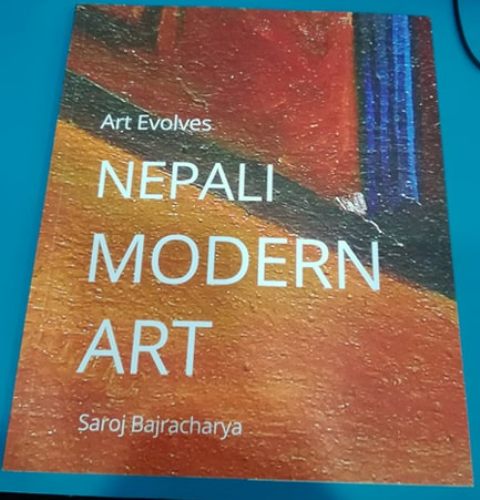
Had he studied engineering, he would’ve become an ordinary engineer, says Rajkumar. “I am proud that I chose my family trade. My art has not only helped me sustain, but also enabled me to spread my country’s name in foreign lands.”
Elaborating the importance of traditional art, Rajkumar explains, “Traditional art is part of our heritage, and creating art that preserves culture is imperative. Along with preserving culture, it also creates employment opportunities for local artisans.”
Rajkumar’s latest project is a metal statue of Buddha that stands 50 ft tall. It is going to be installed in Lumbini. This massive endeavour reflects his expertise in his craft, a skill set he can use to give metal any form in any size.
Rajkumar uses traditional technique — Tho Jya Maa Jya —of hammering plain metal sheets from the reverse side and giving it a rise to form different patterns or shapes on the metal, also known as repousse and embossing. He uses copper as a base metal for his work and embellishes them with gold or silver or even plates them with valuable metals.
About the technique he says, “Tho Jya Maa Jya is a traditional technique that helps to create any art and crafts. Using this technique, you can create gajur, jhalars, doors, decorative items, torans, utensils, and jewelleries, among others.”
Within the country, using similar techniques, he has built various monumental structures such as three huge prayer wheels (mane) at Swayambhunath; two similar prayer wheels at Bouddha; Torans at Ganesh Mandir, Chetrapati; Gajur at Ganesh temple, Old Thimi; the golden naag around the Shiva Linga at Pashupati temple, Pashupati; golden Mandala at Guheshwori, 29 ft Gajur at Pokhara’s Shanti Stupa; Tibetan-styled Chaitya at Kapan Gumba; and a 10-ft-tall statue of Padmasamva at Tokha.
His works can also be found in Bhutan, Japan, South Korea, France, Italy and America. At the World Expo held in Germany in 2000 and World Expo in China in 2010, all the metal works on display at the Nepal pavilion were designed by Rajkumar.
A 155-ft-tall statue of Guru Padmasambhava in Bhutan is also his latest work of art abroad. The assignment began on June 20, 2010, and he completed it on March 20, 2014. For this assignment, he took a team of 19 artisans from Nepal, who worked with 10 local artisans and 30 more from India.
According to Rajkumar, the statue of Guru Padmasambhava is the tallest statue that he has ever built.
He is hopeful about the future of traditional artworks. “There is huge scope in this field. But you don’t have a constant inflow of revenue, and even completing one project takes a lot of time. You also have to put a lot of effort into the work, especially when the deadline is creeping up.”
However, Rajkumar says is happy for being able to give employment opportunity to as many as 30 artisans. For him, the decision to stick with his family trade has paid off well, while the ripples of his decision have affected many employees working with him.



